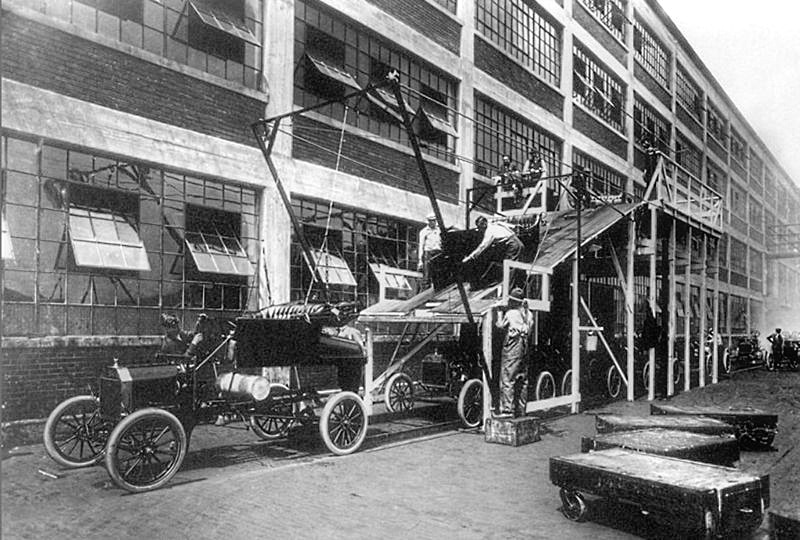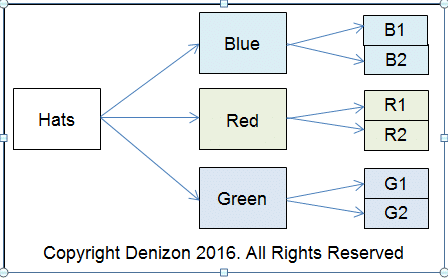These days, a business is as good as it is transparent. Businesses are on unsteady ground because of the ever changing face of social media and a never-seen-before demand for information. With many sources of info on the internet, being credible is a sure way of building trust and loyalty among clients.
Here is an example. Customers will always believe what they see. If they see the work you put into furnishing their favourite products, you have a greater chance of getting their approval. They can invest more in what they see. The clothing merchandise Patagonia did this for their Footprint Chronicles line to show how their jackets are made and worked out fine for them.
Transparency is a must. Nowadays, customers never forget when they feel cheated. It is even harder to ensure transparency because many clients are also experts who scrutinise every detail. So, how can you keep transparency at the forefront?
Have transparent workforce management
Customers always look for new information and want to be in the know. There is nothing worse than not being able find a product manual or an easy way to set up appointments. By giving your clients a self-service option, they can pick the services they want. This leaves more time to get stuff done rather than answering unending service calls from dissatisfied customers.
For instance, you could have a field service customer self-service application that allows customers to look for personalised services, a machine manual, book appointments, or solve any other problem. Customers then get feedback anytime. This one-on-one approach can help customers feel like their questions are being answered. They?ll also not go through the hassle of long hold times to reach an available customer service representative.
Create transparency in field service repair projects
If field technicians have access to field service software, it allows technicians to be more open to customers. This gives them vital information like customer history and the ERP, so that they can explain changes that were made after past enquiries and what is being done in current products. Such information can be a guide for future updates or let the techs suggest products that suit a client’s taste. Unlike always staying offline and out of touch with your client, using field service software can allow entry of allowances and mileage, and also let the customer know the delivery time for their products.
Show customers what they’re paying for
With field service automation, billing will also be transparent. By using the available information about your field service solution, the station can send updated service reports to the customer like mileage, allowances, parts, hours worked, and photos of broken parts from the service. After the customer authenticates the transaction with a signature, the field service agent can generate and sent to the customer an invoice based on the agreed upon services. In case allowances and mileage can be forwarded to the customer, it will be shown on the invoice.
Because you use field service automation, it means that the customer will receive the invoice really fast ? in days rather than weeks ? and transparency will skyrocket because the whole experience of the service will leave a permanent mark in their mind.
Mistaking information for transparency
Being honest with your customer is the one thing. Wasting their time with unnecessary information is another. Here is an experience I had with a small retailer. Tracking information is only useful if it has recent updates and is accurate. If the company want to use real time tracking, let them do so under one condition ? updates should be regular and on time so as not to leave the customer frustrated because they also make plans based on the same information. Late updates shed light on the nature of the service command. Everyone hates cooked-up real time information.
A company must not always have a one to one exchange of information with customers to maintain transparency..
- Use simple language that all customers can understand
- Don’t use abbreviations that only employees know
- Never ever air your failures and flaws to your customers
It is interesting that most of the tools we use to keep in touch with our clients and servicing their requests can also be used to gather data and iron out possible errors to improve products and services. This is a good chance for service providers to evaluate and make necessary amendments.
There are some areas that will need improving while others will not, nevertheless, the client needs to always be informed and know why things are the way they are. Not all details should be told, so filter what you share.
5 ways field service supports customer service
Sales organisations are always in motion, working to deliver the right product to their customers. To keep customers smiling all times is hard and only needs close communication and fulfilling promises that were made to them. This is where the field service delivery team comes in. Field service can either meet this demand or fall short plummeting satisfaction rates.
This is a task that relies on right people using various parts and information to get the job done. No matter what, the customer always expects to get exceptional services whether it be over the phone, chats, in the field, online messaging, over email, or social media.
These five field service points are suitable for any business model and guarantee excellent company-client relations.
Proactive service
A proactive service gives more to the customer. More attention is given to the customer so that the right actions, deliveries and repairs are done. By getting everything right the first time, the customer has less to do ensuring that they are satisfied with the services.
However, the field service technician is flooded with a myriad of unpredictable situations; overheating equipment, stalled machines, and insufficient precaution. But through field management software, they get more data about the customer and type of service or parts expected and they easily ride through any storm and prevent future damage.
Transparency
Nothing frustrates a customer more than a schedule that delays repairs. They easily ditch you for better services elsewhere. By offering the customer a service where they book appointments based on their own availability, we can easily sync this to the technicians and manager?s calendar. This not only saves time but also money from otherwise idle equipment.
On-site and off-site collaboration
Having seamless communication between field and office technicians is vital. Field technicians need to know more about parts, repairs, client maintenance history, and predict what should be changed in the long run. The faster they do this the better.
There should be a system that creates and automates communication between field and office technicians. Let each have the upper hand when providing parts, products or services to the customer.
Flexibility
Information is key to field service agents. They make the first impression since they make the initial contact with clients. Regardless of the resources, the field technician must always be armed with mobile tools they will need to access online resources and be ready for any emergency.
Actionable performance improvements
Customers demand excellent service a company could offer. But as the game constantly shifts, the service management technicians must also come up with plans to stay up to par with competition. All these stems from coming up with KPIs, measuring them and turning them into a workable plan for the future.




